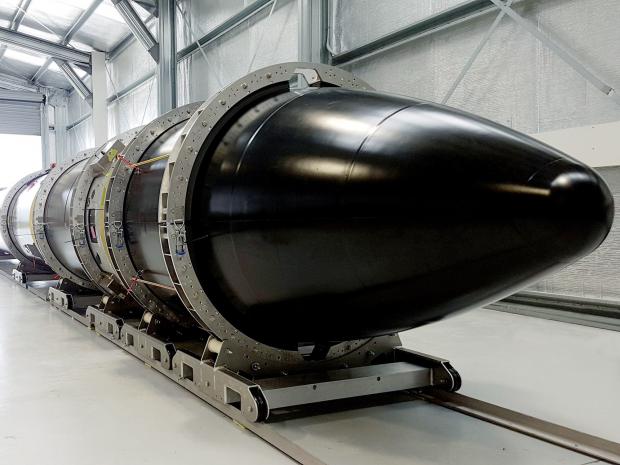
Breaking News
6.5x55 Swedish vs. 6.5 Creedmoor: The New 6.5mm Hotness
Best 7mm PRC Ammo: Hunting and Long-Distance Target Shooting
 Christmas Truce of 1914, World War I - For Sharing, For Peace
Christmas Truce of 1914, World War I - For Sharing, For Peace
Top Tech News
 EngineAI T800: Born to Disrupt! #EngineAI #robotics #newtechnology #newproduct
EngineAI T800: Born to Disrupt! #EngineAI #robotics #newtechnology #newproduct
 This Silicon Anode Breakthrough Could Mark A Turning Point For EV Batteries [Update]
This Silicon Anode Breakthrough Could Mark A Turning Point For EV Batteries [Update]
 Travel gadget promises to dry and iron your clothes – totally hands-free
Travel gadget promises to dry and iron your clothes – totally hands-free
 Perfect Aircrete, Kitchen Ingredients.
Perfect Aircrete, Kitchen Ingredients.
 Futuristic pixel-raising display lets you feel what's onscreen
Futuristic pixel-raising display lets you feel what's onscreen
 Cutting-Edge Facility Generates Pure Water and Hydrogen Fuel from Seawater for Mere Pennies
Cutting-Edge Facility Generates Pure Water and Hydrogen Fuel from Seawater for Mere Pennies
 This tiny dev board is packed with features for ambitious makers
This tiny dev board is packed with features for ambitious makers
 Scientists Discover Gel to Regrow Tooth Enamel
Scientists Discover Gel to Regrow Tooth Enamel
 Vitamin C and Dandelion Root Killing Cancer Cells -- as Former CDC Director Calls for COVID-19...
Vitamin C and Dandelion Root Killing Cancer Cells -- as Former CDC Director Calls for COVID-19...
 Galactic Brain: US firm plans space-based data centers, power grid to challenge China
Galactic Brain: US firm plans space-based data centers, power grid to challenge China
This New Goldilocks Rocket Is Juuust Right for Small Satellites

AT 4 PM local time on May 25, Rocket Lab's Electron stood on the company's private launch pad on the Mahia Peninsula in New Zealand. Perched on the edge of an eroding cliff, pointing toward the sky from the southern tip of the world, the little rocket—just 56 feet tall and 4 feet wide, meant to carry similarly small satellites—looked ready for its first trip to space.
It was.
Around 30 minutes later, the engines ignited, and water poured over the launch site to protect the pad and quiet the noise. Steam billowed up as the rocket steeled itself to rise. The engines ran for a few seconds while technicians did their checks. And then they released the Electron. It went up, in that slow-at-first way of rockets, taking three seconds to get itself above the four-story launch tower. A minute after launch, it was as high as an Air New Zealand jet, and heading higher.
With this test flight, and two more to follow, the Electron is set to become the first launcher made for, and for sale to, small satellite startups. Historically, little orbiters have had to hitch costly rides on big rockets, which, as the adjectives imply, are meant for big satellites. But having dedicated providers that tailor to their shrunken-down needs means more smallsat companies can get to space better, cheaper, and quicker. If you build a rocket, the payloads will come.

 The State's Last Stand
The State's Last Stand


